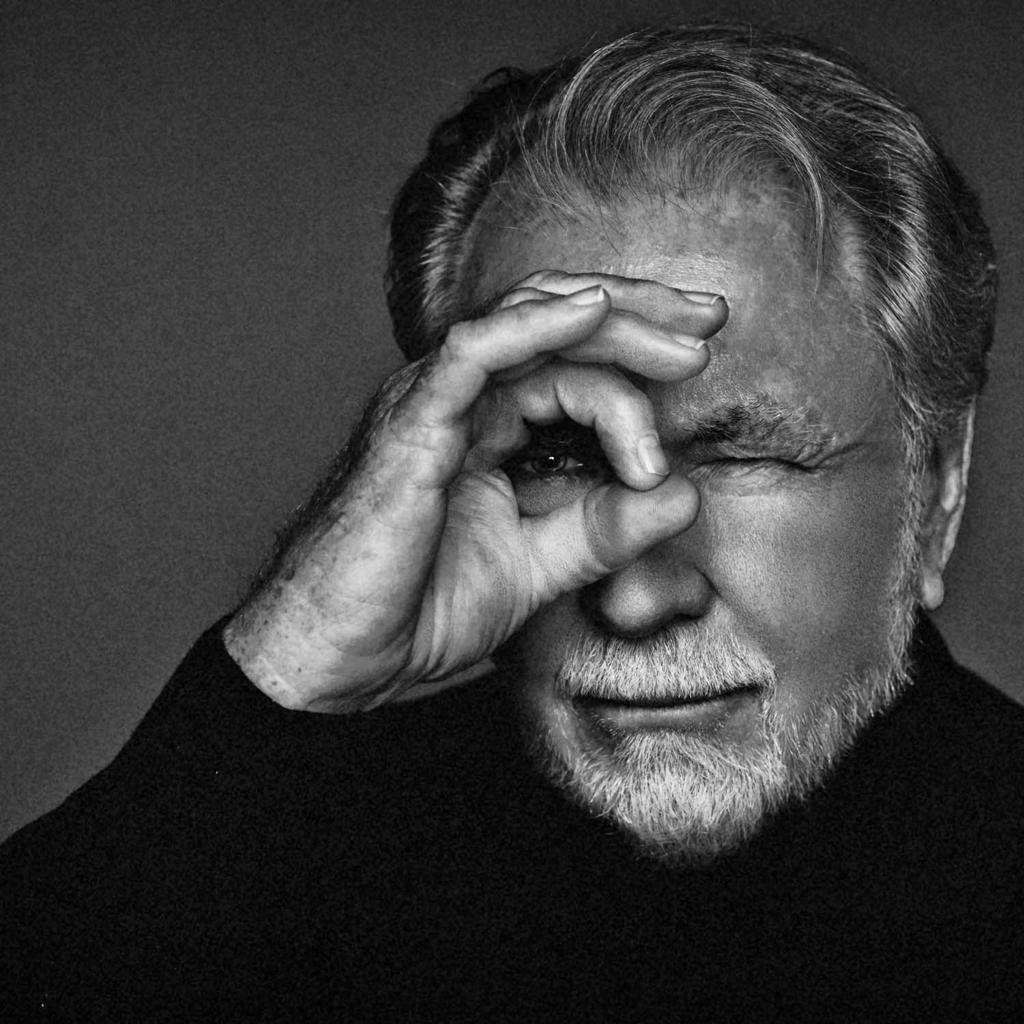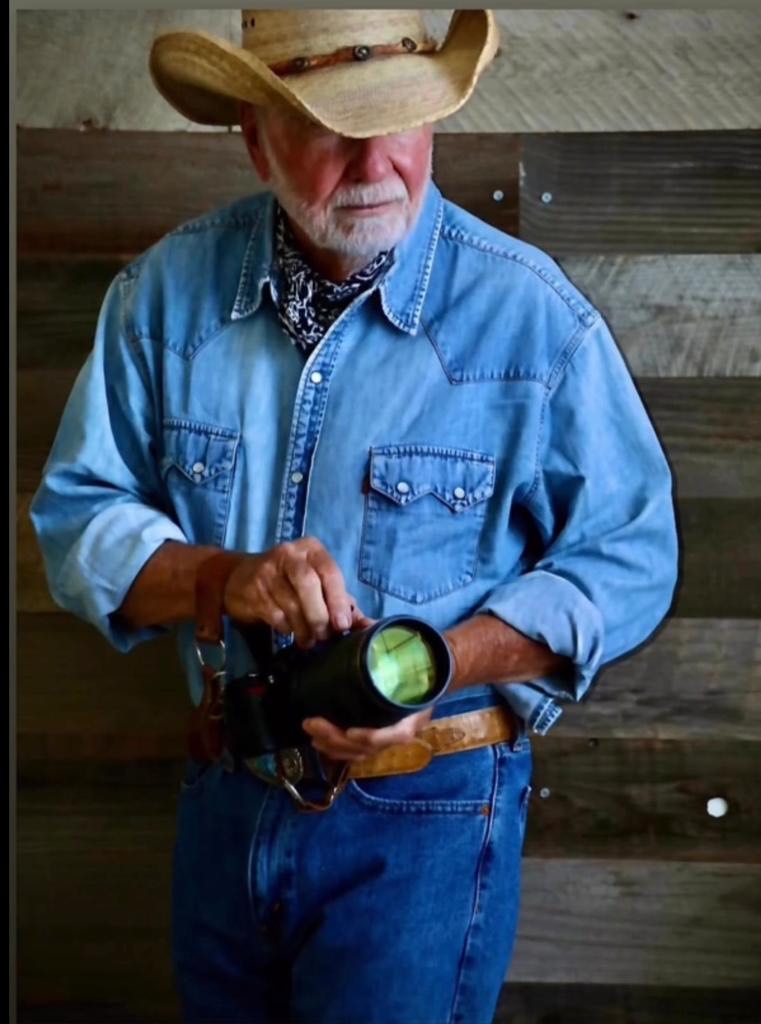Playboy’s photography has long been one of the signatures of the brand, capturing the epitome of cool, class, and sensuality simultaneously.
Was it not for Stephen Wayda, the most published photographer in Playboy’s history, many of those iconic mages would not exist. In a statement from Playboy’s founder, he says Wayda’s photographs “have helped Playboy in changing the way the world looks at women, and changed the way the women look at the world.”
When we asked Wayda to talk to us in celebration of World Photography Day, he kindly accepted. He reflects back on how his career began, how his refusal to follow the rules created his signature style, and more.
[This interview has been edited from its original format.]
Playboy: How did you start doing this? How did it all begin?
Stephen Wayda: How did it begin? [It was] very serendipitous. Okay, I never was going to be a photographer. I went to college to trying to be a Navy pilot. I wanted to fly jets off of a carrier. That didn’t work out, and so I went into journalism, got a job at a newspaper, and that was the Salt Lake Tribune. And to accompany my news stories, I took some photographs. I was not trained as a photographer. I never went to photo school. I just taught myself.

And so while I’m at the newspaper, the pictures were letterpress — just gray, no blacks, no whites. The ink came off if you held it too long. And so pictures didn’t look very good in that, so I invented a process to get my pictures to look like photographs. I did this with the art department, and from there, I got a job with the local department store, and they were doing line art, and from line art I convinced them to do photographs, and we became the largest retail store, or any store using photographs for the newspaper ads.
And so that’s how I got into photography by accident. What a great accident. I lived in a valley outside of Park City Utah, [on] a ranch, and I met a fellow named Dwight Hooker, who was a Playboy photographer. He retired to Sundance, Utah, [the] Robert Redford resort, and he needed help with finding models. I said, I can help him. And so he was kind enough to spend time with me to tell me his philosophy on taking pictures and how to set it up and what to do. And I would show him some pictures. And he says, “Good thing you have a day job, because you will never, ever be a Playboy photographer.”
Playboy: It’s always the most talented people that are told things like that.
Stephen Wayda: My photography was different. It didn’t fit the the way Playmates were shot. Mine was more movement, more cinematic, more spontaneous. My pictures were for the model, whether it was Denzel Washington, who I shot, or Jack Nicholson, or the women for Playboy — it was always their pictures, not my pictures. And that was very different than most photographers, because most photographers saw it as: these are my pictures. Do as I say, this is what we need to do. Do this. And so they are a lot stiffer, more posed. And so when I finally broke through, they all hated me, because I was changing everything.
Playboy: How did you make it into Playboy?
Stephen Wayda: Marilyn [Grabowski, longtime photo editor at Playboy] didn’t necessarily want me in the beginning, but I started to do some pictures for her. I became her boy because they were different, and she then protected me in all the trouble that I got into. I lived in a fear and admiration for her, you know, she could be just the worst, and then she could be the best. But she took care of her people for the most part, and I was one of them.
So I started doing covers. I did the most of playmates, celebrities, pictorials, covers, a lot over 30 years.
Playboy: You mentioned that you were self taught. I’m wondering if being self taught meant you didn’t feel like you had to follow a blueprint, so you felt like you could be different. Do you feel like that’s accurate?
Stephen Wayda: Yes, because I’m never good at following directions. I have a problem with authority. So because we’d have our meetings, and you know, they would go, okay, this is what we want you to do. And then I would go and bring back something else, and as long as I brought back something that was better than what they were conceiving in their minds. Because at that time, there was a line out the door of photographers. They all wanted my job, and so I always had to, you know, be careful. But let’s say I should have been careful, because I did make some mistakes.
Playboy: One thing you’ve been renowned for is your use of light and shadow in your photography.
Stephen Wayda: I looked at what was being done, [and] it didn’t make any sense to me, because it didn’t look real. You’re supposed to have a sexual environment. You’re supposed to have a connection with the woman. And I wasn’t seeing that, okay? It was more kind of fashiony, where there’s hard lights and there wasn’t much, right?
And then the other thing that I said: I don’t understand why they’re posing these models. This is about sex. Sex is fluid, spontaneous. Sex has movement to it. So I would let my girls move. You know, I would change different things. I would I would talk to them beforehand, get an understanding of what my expectations were, what their expectations were. They knew these pictures were for them. I told them all, when you’re finished with this, I want this to be one of the best experiences of your life, not anything you regret. So with with that, you know, I was able to get more out of out of the women. They could be playful, it could be serious. They could be overly aggressive or promiscuous, or whatever you want, but it was their personality.
I’m looking for spontaneity. I’m looking for attitude. You can be angry, you can be pissed, you can be sexual, you can be happy, you know, whatever. So I worked on attitude with with everybody.

Playboy: One of the most famous celebrities you shot was Anna Nicole Smith. What was it like to work with her?
Stephen Wayda: She was a plus size. And this always irritates me because the fashion magazines, they go, we’re doing plus size now. You know, a couple of years ago, that was the big thing. Well, no, I did plus size in the ’80s or ’90s. If they had beauty and personality, we will work around it.
And if you look at Anna Nicole’s shoot, there isn’t much nudity. I would show one breast at a time or the hip because her body was soft. But she had a killer face. Her face was unmatched … Anna Nicole gave you the feeling that you’re going to get the best sex of your life. She was just sex personified.
So Marilyn took her to Paul Marciano, who was dating Claudia Schiffer and she was the face of Guess. He dismissed her and brought in Anna Nicole Smith. He did it in a black and white style. The female photographer was fabulous with her, did beautiful, beautiful pictures.
Playboy: You have a TV show in the making about your career. Tell us about it.
Stephen Wayda: It chronicles my time from 1981 to 1999. And it tells the behind the scenes stories of the pictures that were published in Playboy that, as I have said, changed the way women look at themselves, look at the world and how the world looks at women. I’ve been working on this for 15 years.